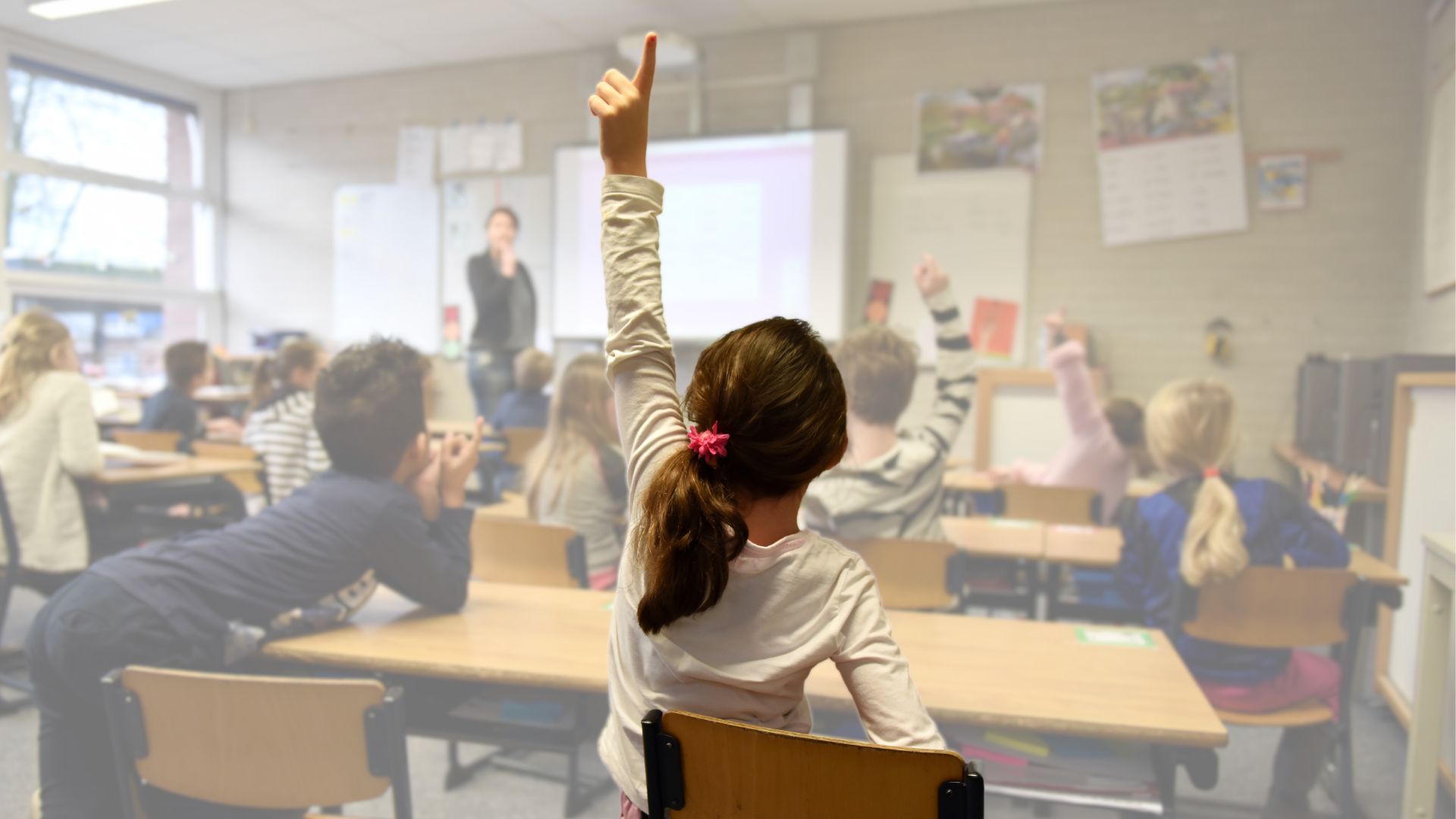Mastering the Multi-Tiered Systems of Support (MTSS) Pyramid
The Multi-Tiered System of Supports (MTSS) Pyramid is a powerful framework used in schools to ensure all students receive the academic, social-emotional, and behavioral support they need to thrive. This blog post will guide you through understanding and mastering the MTSS framework, a proven approach to supporting all learners.
What is Multi-Tiered Systems of Support
The MTSS Pyramid is a tiered system, with different levels of support designed to meet individual student needs:
-
Tier 1: Universal Supports (Base of the Pyramid): Forming the foundation of the pyramid, Tier 1 (Elementary, Middle School, High School) represents the core academic instruction delivered to all students. This level focuses on providing high-quality, evidence-based practices like clear instruction, engaging activities, and differentiated learning strategies. The goal is to create a strong learning environment that meets the needs of the majority of students and helps them develop a solid academic foundation.
-
Tier 2: Targeted Supports (Middle of the Pyramid): Tier 2 (Elementary, Middle School, High School) provides additional support for students who may be experiencing difficulty keeping pace with the general curriculum or who require more targeted interventions in specific areas. Data points from assessments and progress monitoring are used to identify students who might benefit from Tier 2 interventions. These interventions might occur in small group settings and could include after-school tutoring, differentiated instruction strategies tailored to address specific learning gaps, social-emotional learning programs to address social-emotional needs, or positive behavioral interventions and supports (PBIS) to address behavioral concerns. The goal of Tier 2 is to provide targeted support to help students catch up or prevent future difficulties.
-
Tier 3: Intensive, Individualized Supports (Top of the Pyramid): Tier 3 (Elementary, Middle School, High School) offers the most intensive level of support for students facing significant academic, behavioral, or mental health challenges. This tier involves individualized support plans created through collaboration between teachers, specialists like school counselors, and potentially parents. These plans are informed by data and progress monitoring to ensure they address the student's specific needs. Interventions at this level may be more intensive and frequent, requiring collaboration with specialists and potentially involving additional resources and supports.
Access our Sample Lessons and Resources
How do you master the MTSS Framework?
- Universal Screening Assessments: These assessments are administered to all students at regular intervals to identify potential areas of difficulty in academic skills, social-emotional well-being, or behavior. This data provides a baseline for understanding the needs of the entire student population and helps determine which students may benefit from additional support. (Download a list of Universal Screeners)
- Progress Monitoring: This ongoing process involves regularly collecting data to measure student response to interventions. This might involve frequent observations or short assessments specifically designed to track progress towards individualized goals. By analyzing progress monitoring data, educators can determine if interventions are working and make adjustments as needed.
- Data Analysis and Collaboration: Data from assessments and progress monitoring is used to identify students who may need additional support. This data analysis is often a collaborative effort involving teachers, specialists, and administrators who work together to interpret the data and determine the most appropriate level of support for each student.
- Research-Based Interventions: Once student needs are identified, data is used to select research-based interventions that are most likely to be effective in addressing those needs. These interventions may include academic supports like targeted instruction or after-school tutoring, social-emotional learning programs, or behavioral supports implemented through a Positive Behavioral Interventions and Supports (PBIS) framework.
Learn more about our MTSS Certification Training
What are the benefits of the MTSS Framework?
- Improved Student Success: By providing targeted support based on student needs, the MTSS Pyramid helps students achieve academic success, develop social-emotional skills, and reach their full potential.
- Early Intervention: Identifying and addressing student needs early through the MTSS framework can prevent future academic and behavioral problems.
- Data-Driven Approach: The MTSS Pyramid relies on data to make decisions about intervention plans and ensure interventions are effective and tailored to each student's specific needs.
- Collaboration and Communication: The framework fosters collaboration between educators, specialists, and families, creating a more comprehensive support system for students.
Download our Student Behavior Checklist
Collaboration is Key: Working Together for Student Success
Effective implementation of the MTSS model requires a team effort. Collaboration between various stakeholders is crucial for ensuring all students receive the support they need:
- Teachers: As the front-line educators, teachers play a vital role in identifying student needs, implementing interventions, and monitoring student progress. They collaborate with other team members to ensure a coordinated approach to supporting student success.
- Specialists: School counselors, psychologists, reading specialists, and other specialists provide additional support and expertise for students facing significant challenges. They collaborate with teachers to develop and implement individualized support plans and intensive interventions.
- Administrators: School administrators provide leadership and resources to support the MTSS framework. They also work with teachers and specialists to ensure effective implementation and continuous improvement.
- Parents: Parents are valuable partners in supporting their child's education. Collaboration with parents is essential for understanding a student's needs at home and ensuring consistency between school-based interventions and support provided at home.
Continuous Improvement for Students' Needs
The MTSS model is a framework for continuous improvement. School districts can utilize professional development opportunities to equip educators with the skills and knowledge to effectively implement the MTSS framework at all levels. This includes providing training on core instruction, positive behavior interventions and supports (PBIS) and progress monitoring techniques.
The MTSS Pyramid is a valuable tool for educators who want to ensure all students succeed. By understanding and implementing this framework effectively, schools can create a positive learning environment that supports the growth of the whole student, addressing their academic, social-emotional, and behavioral needs.


